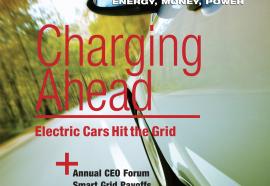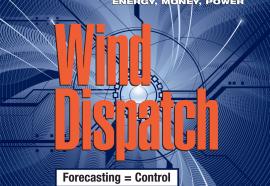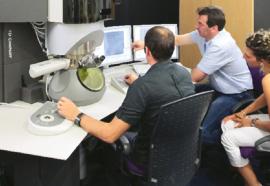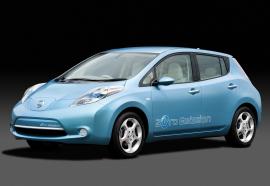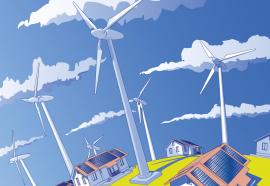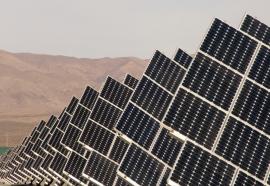Solar Tech Outlook
Manufacturers scale up for utility applications.
Photovoltaics technology is emerging as a generation alternative—both for centralized and distributed facilities. Solar industry executives say their companies are overcoming obstacles to large-scale implementation. With advances in design and manufacturing, the future looks bright for utility-scale solar power.




